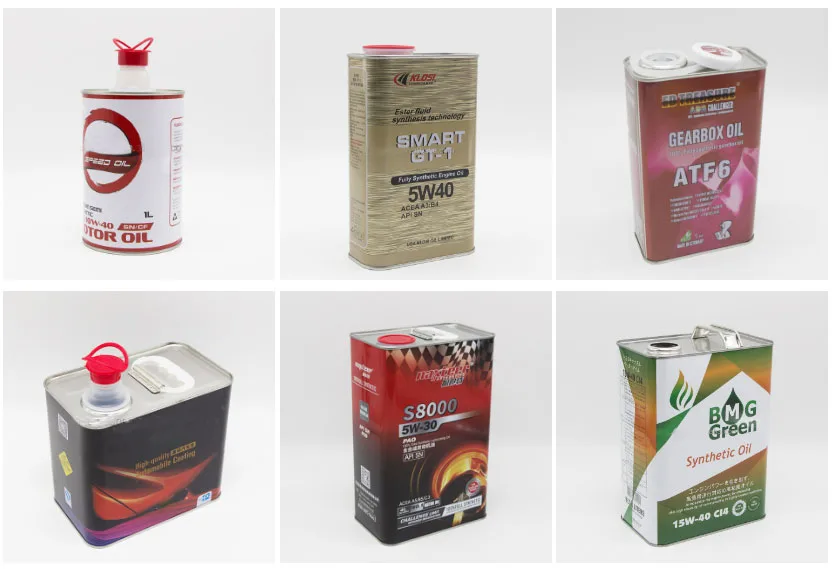Packaging design is a complex art form that has a huge impact on consumer choice. For tinplate can packaging, the synergy of aesthetics and functionality in tin can packaging design is crucial. Often viewed as ordinary containers, tin cans have a rich history and complex design considerations that contribute to their success in the marketplace.
The evolution of can packaging design
Since its emergence in the 19th century, tin can packaging design has experienced a remarkable journey of change. Originally, tin cans were designed with pure functionality in mind – their primary role was to protect and preserve food during transportation and storage. These early jars were utilitarian in appearance, without any decoration and focused solely on durability.
However, with the development of the field of packaging design, tinplate cans began to change. The combination of functionality and aesthetics creates a new era of tin can packaging. Designers are beginning to recognize the importance of visual appeal in grabbing consumers’ attention. As a result, tin cans began to feature intricate patterns, colorful labels, and branding elements.
Key elements of tin can packaging design
Effective can packaging design involves a number of key elements:
- Visual impact: The appearance of the can must be visually attractive to attract consumers’ attention on store shelves. Vibrant colors, eye-catching graphics, and engaging typography all make canning jars stand out.
- Branding and storytelling: Cans provide ample space to convey the brand’s story and values. Effective packaging tells a story that resonates with consumers and creates an emotional connection.
- Functionality: In addition to being beautiful, the design of the tin can should also take into account functionality. Easy-open lid, secure closure and ergonomic shape enhance user experience.
- Sustainability: Modern consumers increasingly favor environmentally friendly packaging. Designing tin cans using recyclable materials and providing clear recycling information can attract environmentally conscious buyers.
- Product information: Clear and concise product information, including ingredients, nutritional facts and instructions for use, is critical for consumer transparency and compliance with labeling regulations.


Example
To understand the impact of tin can packaging design, let’s consider some real-world examples. Think of the timeless elegance of vintage tin cans, such as those used for luxury tea or chocolate. Its intricate embossing and classic typography evoke a sense of nostalgia and premium quality.
Instead, check out contemporary tin cans filled with oil or lubricants. Their bold, modern designs incorporate artistic illustrations, witty slogans and bright colors that resonate with young people and reflect current market trends.
The art and science of can packaging design
In summary, can packaging design is a fascinating blend of artistry and practicality and is an ever-evolving field that bridges the gap between consumers and products. From its humble beginnings as a purely functional container to its current status as a canvas for artistic expression and brand identity, tin can packaging design still plays a key role in influencing purchasing decisions. As consumers continue to seek products that not only meet their needs but also resonate with their values, the role of can packaging design in shaping these choices will only continue to grow.
